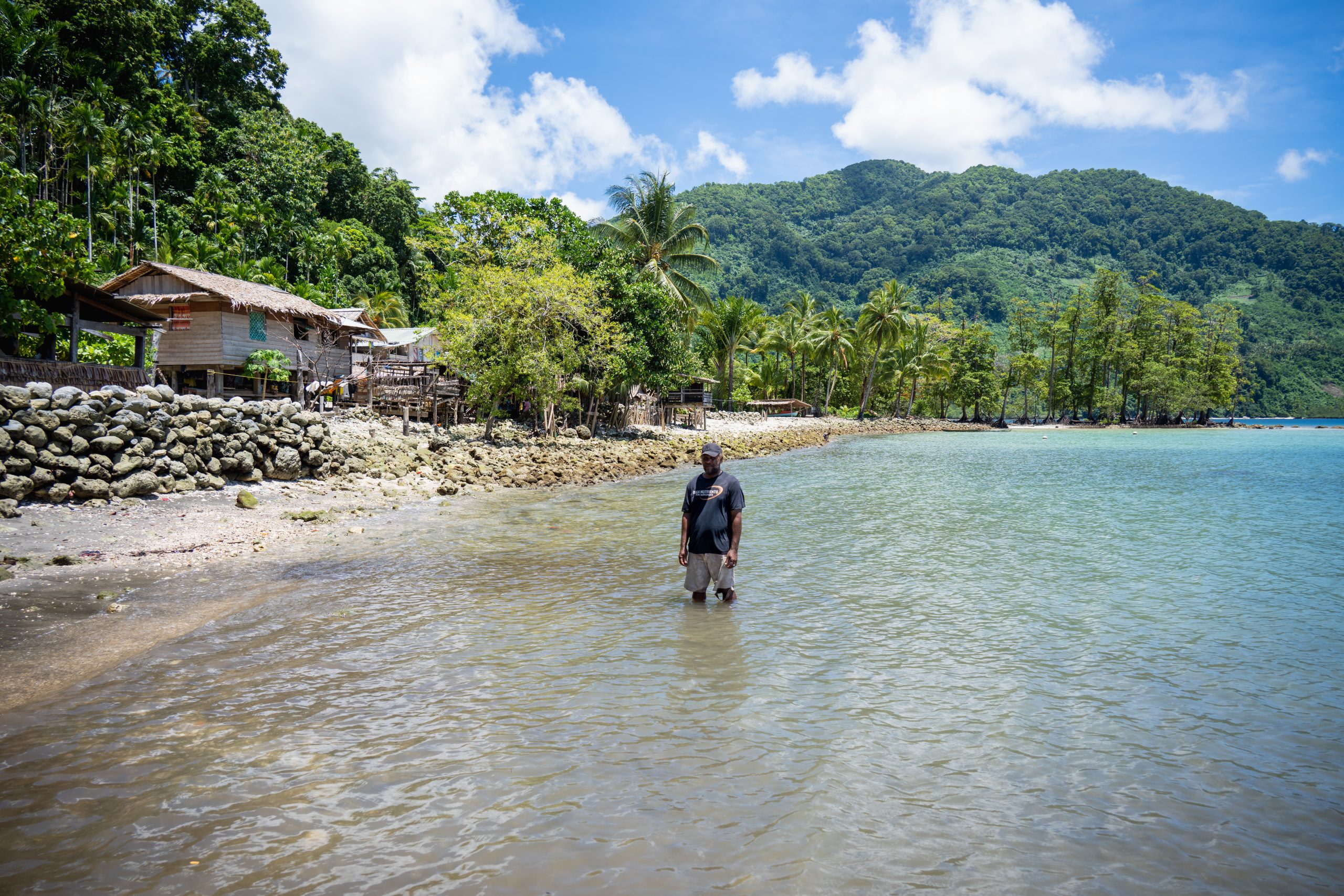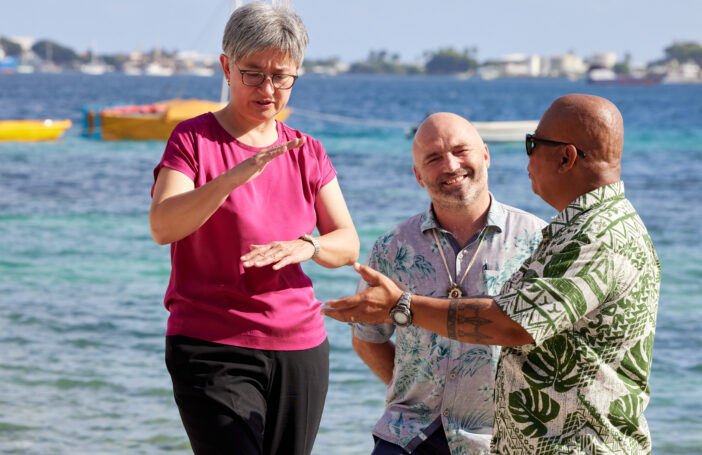The most profound challenges we face today are the intertwining crises of climate change and inequality. While corporate and billionaire wealth are skyrocketing globally, often off the back of polluting industries, the impacts of climate change are causing great harm and are deepening inequality and poverty. People living in poverty are already experiencing the loss of life and homes, the increasing hunger and deepening poverty left in the wake of extreme storms, flooding, drought, sea level rise and other climate change impacts.
In response, at last year’s UNFCCC global climate change negotiations (COP27), countries agreed to establish a Loss and Damage Fund to provide those developing countries most adversely impacted by climate change with money to recover and rebuild. They set up a Transitional Committee to negotiate the details of the Fund and provide recommendations at the COP28 negotiations this November.
Australia is one of 24 countries with a seat on the Transitional Committee and is in a strong position to positively influence the process. That’s why Oxfam Australia and Oxfam in the Pacific have produced a two-part report, Embedding Equality in the New Loss and Damage Fund, calling on the Transitional Committee and the Australian government to ensure the Fund is properly resourced to meet the scale of the need; that those resources come from alternative sources that reduce inequality; and to ensure the Fund is accessible to all developing countries, particularly the most climate-vulnerable communities such as those in the Pacific. This blog summarises the first of the two reports.
From its causes to its impacts, the climate crisis is fundamentally unequal. 50% of the world’s population has generated just 12% of all global emissions, owns 2% of all wealth, and is experiencing 75% of loss and damage impacts. Climate change loss and damage is deepening poverty and gender inequality, fuelling the debt crisis, and putting the sustainable development goals further out of reach. In small island developing states, some climate change fuelled disasters are causing economic losses above 100% of their annual GDP. That’s why Oxfam is calling for addressing inequality and poverty to be a guiding principle in the Loss and Damage Fund.
Experts advise a baseline of US$400 billion per year is needed to meet the scale of climate change loss and damage impacts already being experienced in developing countries. While this figure might seem large, in 2021 alone governments handed out US$697.2 billion in fossil fuel subsidies and that figure is expected to rise in 2022.
Considering current shortfalls in overseas development assistance, climate finance (particularly for adaptation) and humanitarian funding, globally as well as in Australia, it is imperative that this loss and damage funding meets the scale of need and is new and additional to other funding. It must not be double counted towards our aid budget, as is Australia’s current practice with other climate finance. This is even more critical when you consider that the need for financial assistance is escalating in the face of today’s intersecting crises. Oxfam estimates that over the past 20 years there has been an 800% increase in UN appeal needs for extreme weather-related emergencies.
With many wealthy countries now facing bigger economic pressures at home brought on by higher global energy and food prices and inflation, we can no longer rely on government budget allocations to meet the scale of climate finance need. We need ambitious thinking about alternative, public sources of money for the Loss and Damage Fund and other climate finance needs.
What’s important in deciding appropriate sources of revenue is that they comply with the UNFCCC agreed principles of equity and “common but differentiated responsibilities and respective capabilities”. They must ensure the biggest polluters pay, and that funding sources do not deepen inequality, which means funds must come from those who can afford it. Given the richest 1% of people generate more emissions than the whole bottom half of humanity, it makes sense that the world’s wealthiest people should acknowledge their responsibility for climate change by paying to address its impacts.
There are a range of tax options available that, if introduced globally and earmarked for climate finance and the Loss and Damage Fund, would help ensure there are sufficient contributions locked in. These include climate damages taxes, shipping and frequent flyer levies, windfall profit taxes, financial transition taxes, wealth taxes and more.
After analysing these sources of tax revenue for the Loss and Damage Fund against a range of ethical and practical criteria, it is clear that a wealth tax is the single most straightforward and appropriate, predictable, equitable, new source of revenue that meets the scale of the funding need and is coherent with the principles of polluter pays, capacity to pay and historical responsibility.
Oxfam has calculated that a wealth tax introduced globally could raise US$1.7 trillion per annum. This progressive tax would go a long way to covering Australia’s and other wealthy countries’ fair shares of loss and damage funding and climate finance for adaptation and mitigation.
Building global consensus on tax reforms that address extreme wealth inequality and help meet climate finance needs is undoubtedly a longer term prospect that won’t be resolved in the early years of the Loss and Damage Fund. However, it is a public debate we need to have – and fast.
The status quo of wealthy countries failing to achieve even modest climate finance goals simply can’t continue. The devastating impacts of climate change are already a reality today for so many people. We need a step change in thinking to tackle the interconnected global crises of inequality and climate change. In the meantime, rapidly shifting the billions in fossil fuel subsidies to climate action would provide much-needed funds for near-term climate finance needs.
As a wealthy country amongst the most responsible for climate change, the Australian government has a duty to show leadership by starting the conversation about the need to better tax wealth and widen the tax base to ensure we can finance climate action at home and abroad. It must also advocate for progressive funding solutions to address the climate crisis in relevant global forums, including on the Transitional Committee. In doing so, it can provide hope that the new Loss and Damage Fund will meet the scale of need and make meaningful progress towards a just and equal climate transition.
Read Embedding Equality in the New Loss and Damage Fund: Lessons from the Pacific and Asia – Paper 1. Centring equity, additionality and polluter pays in the Fund and Paper 2. Securing equal access to the Fund.




